| |
supported by the Institute for Microelectronics
|
|
Within this project you will make Calimero OSGI (Open Services Gateway Initiative) ready. OSGI provides a framework and service platform for deploying modular Java components, so called bundles. OSGI is a platform that can be used to create home automation gateways. Bundles have a lifecycle within an OSGI container and provide only a defined scope of their classes to other bundles within the container, which eases and enforces proper modularization of large Java projects. The goal...
GDAL/OGR is widely used in open source and closed source applications. The OGRSpatialReference in conjunction with the PROJ.4 library is quasi standard for 2D coordinate transformation. In the GSoC 2013 project, the functionality was extended to support 3D transformations, especially focussing the transition from ellipsoidal to othometric height systems via geoid undulation models, and additionally considering anomalies of the national height systems via height correction models...
The gateway currently keeps all oBIX objects and data point histories in memory. If the gateway is restarted all previous data points are lost. Within this project you will create a persistence layer based on a ORM framework (e.g. JPA) and allow the storage of oBIX objects in a database. Due to the aim of deploying the gateway on constrained devices (e.g. Raspberry PI) a light-weight database concept should be developed and implemented. Benefit for the Student Dive into latest...
The IoTSyS gateway provides an oBIX Web service interface to access heterogeneous existing building automation technologies and smart meters (e.g. KNX, BACnet, ZigBee, Wireless M-Bus). The gateway provides a Web service protocol binding to SOAP and RESTful HTTP and CoAP Web service endpoints. Furthermore, virtual IPv6 endpoints are provided for all devices behind the gateway making them globally accessible in the Internet. Within this project state of the art Web service security...
The IoTSyS gateway provides an oBIX Web service interface to access heterogeneous existing building automation technologies and smart meters (e.g. KNX, BACnet, ZigBee, Wireless M-Bus). The gateway provides a simple HTML5 user interface based on AngularJS and jsPlumb that directly uses the RESTful Web service endpoints. The user interface allows a direct control interaction with the devices attached to the gateway, but further provides a simple mechanism to create control...
Handling building data on an urban level sometimes requires new concepts and out of the box thinking. The so-called virtual sensors offer access to various data sources (e.g. building sensor data, simulation program results, on demand calculation of values which are not directly measured by physical sensors, etc…) via standardized interfaces that are communicating through the MOST services. Virtual sensors/datapoints should use the NoSQL storage modules for caching previous...
Description The student is integrating high performance, parallel data processing routines into the MOST framework. Based on the MOST NoSQL modules (Cassandra, neo4j), the available data processing routines (e.g. periodic data calculation) were moved to an independent Java module. Based on this, the student includes hadoop support to distribute these calculations. Benefit for the student The student works with state of the art database technologies. He/she gains expertise in the... Description A plug-in system was implemented in the last GSoC by Tim Jerman which will be released in spring 2014. In this project an image stitching plug-in shall be developed. Image stitching allows users to combine their panorama shots or to create a high resolution image from multiple images. The stitching method should adopt a robust method such as the one presented by J. Zaragoza et al. Benefit for the Student The student will deepen knowledge in software and plug-in architecture. In... Description A plug-in system was implemented in the last GSoC by Tim Jerman which will be released in spring 2014. In this project an image transform plug-in shall be developed. It should include these features: Affine Image Transform The affine image transform will bring-up simple controls in the viewport which allow the user to manually transform an image. The image rotation will on the one hand allow users to rotate images arbitrarily...
image filters for social media plugin A plug-in system was implemented in the last GSoC by Tim Jerman which will be released in spring 2014. This project shall add social media capability to nomacs by means of two plug-ins. The first plug-in will add a share button that allows users to sign-in at their preferred social media platform (e.g. facebook, twitter, google+). Then, share buttons appear for the respective platforms which allow for one-click image uploads. The plug-in must... Description Ontologies are used to capture the tool and domain specific knowledge as well as relations between different data models inside the OpenEngSB. This knowledge is used later for transformation, querying and validation of heterogeneous data. Having in mind the complexity and size of a typical automation system it is very important to choose an optimal architecture for the ontological system and proper querying techniques, so that the final implementation will fit for the OpenEngSB... Description Currently the OpenEngSB only provide RDB as back-end data storage, which in some case make it difficult to extend it further. Therefore, an initial version of Ontology back-end have been implemented in experimental version. However, this year we wanted to fully integrate an ontology back-end, e.g., Jena TDB, to OpenEngSB. One important assignment will be to evaluate the currently available ontology data storage, to choose the best one available. This implementation of the chosen... Description In todays software development the usage of versioning systems like Git or SVN is almost essential. The aim of the OpenEngSB is to integrate engineering tools and thus to support various engineering disciplines in their cooperation. The current capabilities of versioning systems, like branching, merging, is however missing in the OpenEngSB. A backend based on an ontology storage supporting full versioning capabilities would increase collaboration and development efficiency and...
The aim of this project is to implement, test, and compare a standard benchmark for the OpenPixi simulator. Currently a Java version of the simulation exists, with optional parallel implementation using the IBIS framework, and a parallel version using OpenCL. For comparison purposes, parts of the code have been rewritten in C++. Also, for a WebGL version parts of the code will be reimplemented in JavaScript. The aim of this project is to define a core set of routines that should...
The aim of this project is to refine and improve the parallelization of routines used in the OpenPixi simulator. The Particle-In-Cell simulations use a large number of particles within a fixed grid. The grid and the particles are split so that they can run on different cores of a CPU, or even on different computers. There already exists a parallel implemenation which uses the IBIS framework for internode communication. Apart from this, a basic OpenCL implementation exists which...
The aim of this project is to improve and extend a cross-platform interface using WebGL for the real-time visualization and interaction of the OpenPixi simulator. Currently, a Java web version exists, but it is desired to implement a version of the application that can run in any browser without the need for a Java plugin. Preliminary work on a WebGL version has started. The Particle-In-Cell simulation consists of a large number of particles that are simulated on a background...
|
 Description
Description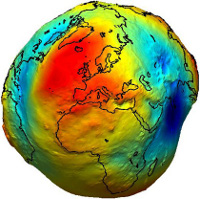 Description
Description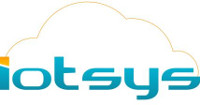 Description
Description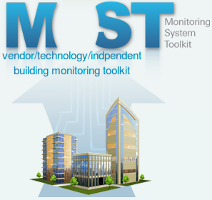
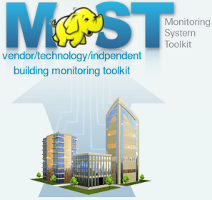
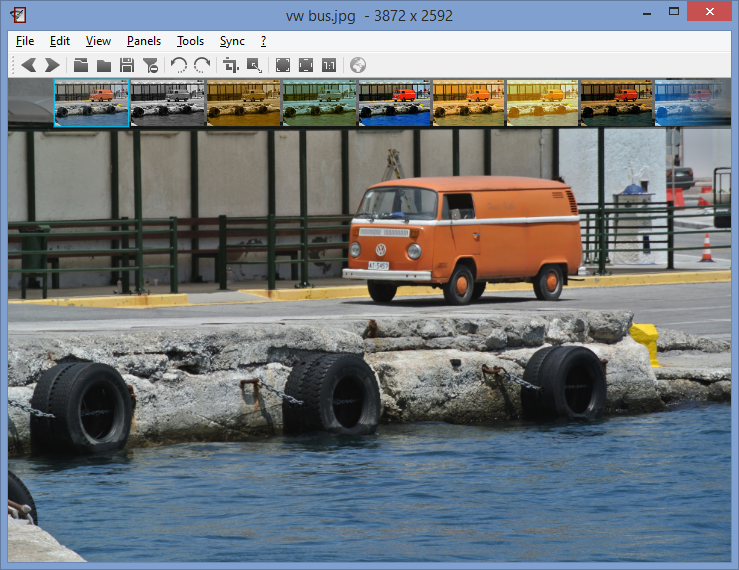 Description
Description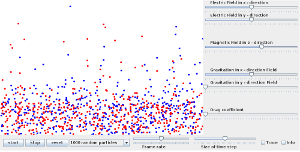 Description
Description  Description
Description Descirption
Descirption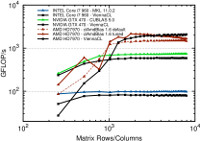 Description
Description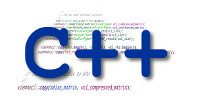 Description
Description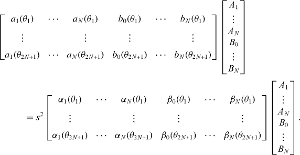 Description
Description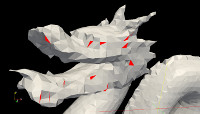 Description
Description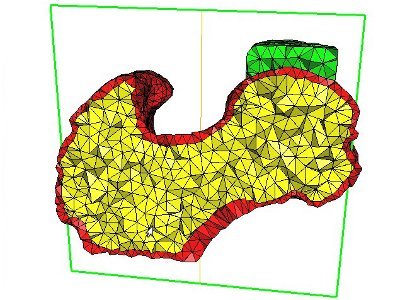 Description
Description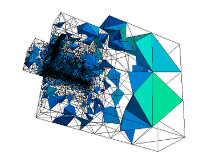 Description
Description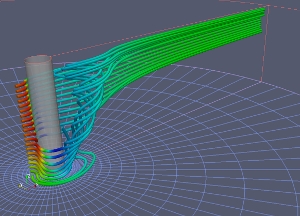 Description
Description Description
Description